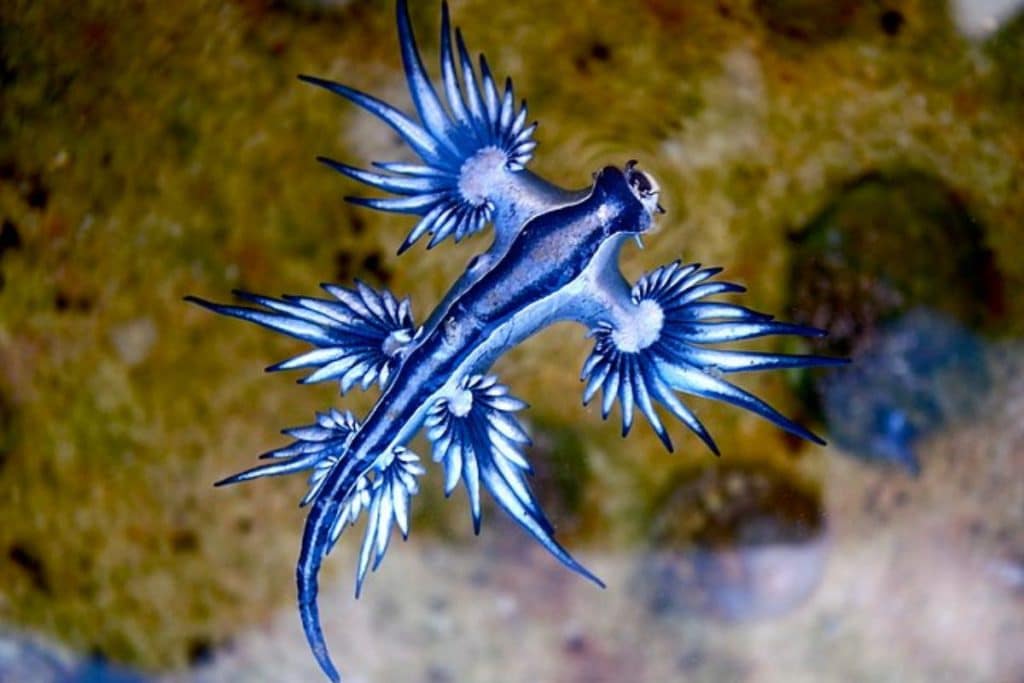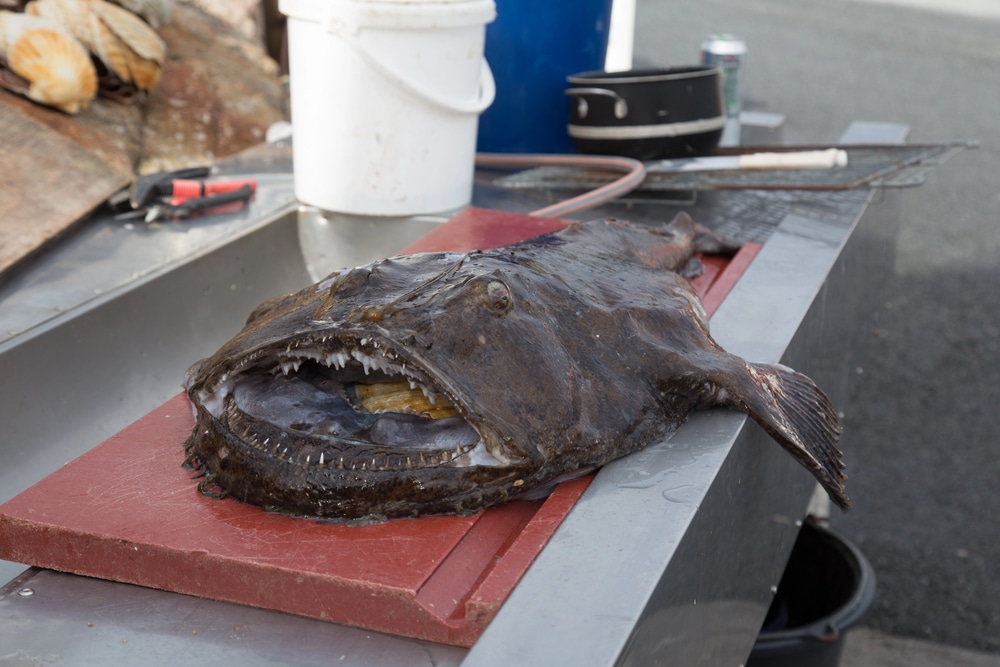16 Incredible Animals You Won’t Believe Exist
The animal kingdom is filled with creatures so bizarre and unique that they feel like they belong in a sci-fi movie. From colorful critters to oddly shaped beings, some animals are so out of the ordinary that they leave us in awe. These incredible animals remind us just how diverse and creative nature can be. Here are 16 jaw-dropping animals you may not believe actually exist.
1. Axolotl

The axolotl, also known as the “walking fish,” is a type of salamander native to Mexico. What makes it incredible is its ability to regenerate entire limbs, spinal cords, and even parts of its heart and brain. Axolotls remain in their larval stage throughout their lives, giving them their permanent “baby-faced” appearance. Their feathery external gills make them look like mythical creatures.
2. Blobfish

The blobfish is often called the world’s ugliest animal, but its looks are deceiving. Found deep in the ocean off Australia and New Zealand, it appears gelatinous and droopy due to pressure changes when brought to the surface. In its natural habitat, it looks more like a normal fish. Its strange appearance helps it survive in the crushing depths of the ocean.
3. Okapi

The okapi is a relative of the giraffe, but it looks more like a mix of a zebra and a horse. Native to the forests of the Congo, this shy and elusive creature has striped legs and a long, prehensile tongue. It uses its tongue to grab leaves and groom itself. Despite its unique appearance, the okapi was only discovered in the early 20th century.
4. Saiga Antelope

The saiga antelope is instantly recognizable due to its oversized, bulbous nose. This odd snout helps filter out dust and regulate its body temperature in the harsh steppe environments of Central Asia. Sadly, saigas are critically endangered due to hunting and habitat loss. Their quirky looks and vital ecological role make them a species worth protecting.
Follow us for more of these articles.
5. Pangolin

Pangolins are covered in tough, overlapping scales, making them look like walking pinecones. Found in Asia and Africa, these nocturnal animals curl into a ball when threatened. They feed on ants and termites using their long, sticky tongues. Despite their unique defense mechanism, pangolins are heavily trafficked for their scales, putting them at risk of extinction.
6. Narwhal

Often referred to as the “unicorn of the sea,” the narwhal has a long, spiral tusk that’s actually a tooth. These Arctic-dwelling whales use their tusks for sensing the environment and possibly for sparring. Narwhals are shy and rarely seen, which adds to their mystical reputation. Scientists are still uncovering the full purpose of their tusks.
Follow us for more of these articles.
7. Leaf-Tailed Gecko

The leaf-tailed gecko is a master of disguise, blending perfectly with tree bark and leaves. Found in Madagascar, this reptile uses its unique shape and texture to hide from predators. Its tail looks like a dead leaf, complete with veins and edges. This camouflage makes it one of the best-hidden animals in the world.
8. Shoebill Stork

The shoebill stork looks like it stepped out of a prehistoric era with its massive, shoe-shaped bill. Found in the swamps of East Africa, this bird has a slow, deliberate hunting style and can stand still for hours. Its wide, hooked bill is perfect for catching large prey like fish and reptiles. Shoebills also have an intense, dinosaur-like stare that’s both fascinating and intimidating.
Follow us for more of these articles.
9. Glass Frog

Glass frogs are tiny amphibians with translucent skin, allowing you to see their internal organs. Found in Central and South America, these frogs are active at night and live in trees near streams. Their see-through bellies provide camouflage against predators. These delicate creatures are a wonder to observe but are vulnerable to habitat destruction.
10. Star-Nosed Mole

This small, underground-dwelling mammal has one of the most unusual noses in the animal kingdom. Its star-shaped snout has 22 fleshy appendages that act as sensory organs. Found in North America, the star-nosed mole uses its nose to detect and consume prey faster than any other mammal. It’s practically blind but highly adapted to its environment.
Follow us for more of these articles.
11. Aye-Aye

The aye-aye, a type of lemur found in Madagascar, is famous for its long, thin middle finger. This nocturnal primate uses its finger to tap on tree bark and extract insects. Its large eyes and bat-like ears make it look spooky but fascinating. Despite superstitions that have labeled them as bad luck, aye-ayes are essential to their ecosystem.
12. Immortal Jellyfish

The immortal jellyfish, or Turritopsis dohrnii, can reverse its aging process and return to its juvenile stage. Found in oceans around the world, this jellyfish “resets” itself in response to injury or stress. This unique ability has earned it the nickname “immortal,” though it’s still susceptible to predators. Its life cycle is a subject of ongoing scientific study.
Follow us for more of these articles.
13. Glaucus Atlanticus

Also known as the “blue dragon,” this tiny sea slug floats on the ocean’s surface and feeds on venomous jellyfish. Its vibrant blue and silver coloring helps it blend with the water. The blue dragon stores the jellyfish’s stingers and uses them as a defense mechanism. Despite its small size, it’s a fearsome predator in its ecosystem.
14. Vampire Squid

Follow us for more of these articles.
The vampire squid has a spooky name but isn’t as sinister as it sounds. Found in deep ocean waters, it has red eyes, webbed tentacles, and a jet-black body. Unlike most squids, it doesn’t hunt actively but collects marine debris to feed. Its bioluminescent displays are used to confuse predators in the dark depths.
15. Anglerfish

The anglerfish is a deep-sea creature with a glowing lure on its head to attract prey. Female anglerfish are known for their bizarre mating habits, where males fuse to their bodies and become parasites. Found in the darkest parts of the ocean, their glowing “fishing rod” is a survival adaptation. Their eerie appearance has made them famous in pop culture.
16. Fossa

The fossa is Madagascar’s top predator and resembles a cross between a cat and a mongoose. With its long body, sharp claws, and incredible agility, it’s perfectly adapted to hunting lemurs. Fossas are solitary animals and are rarely seen in the wild. Their mysterious behavior and unique appearance make them fascinating to study.
Like our content? Be sure to follow us!






